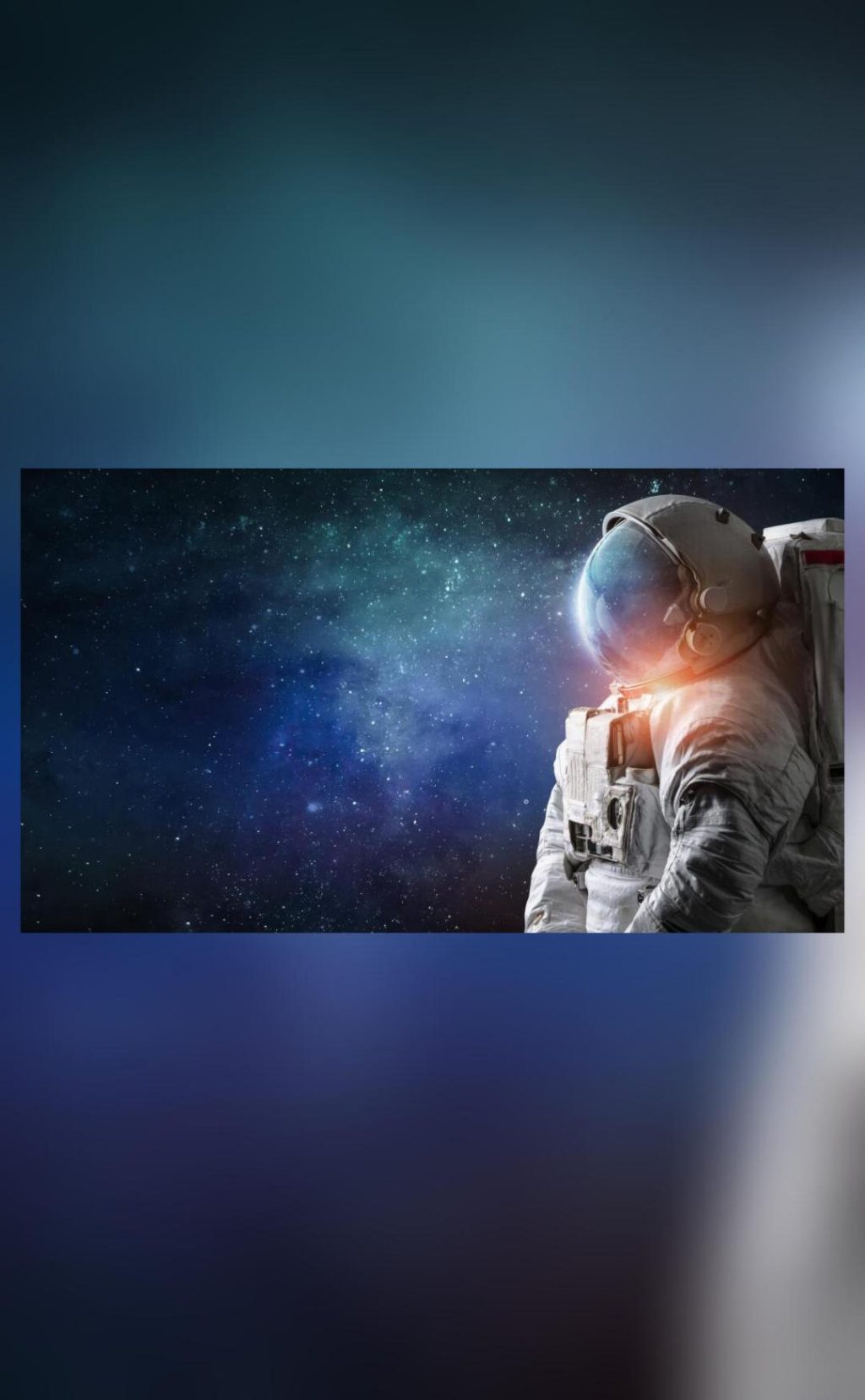
Google & NASA Create AI Medical Assistant for Mars Missions
In a groundbreaking collaboration, NASA and Google have developed an AI-powered medical assistant to ensure the health and well-being of astronauts on long-duration space missions, particularly those to Mars and beyond. The Crew Medical Officer Digital Assistant (CMO-DA) is a cutting-edge technology that runs on Google Cloud’s Vertex AI platform, harnessing the power of multimodal processing to diagnose and treat medical conditions.
The CMO-DA is designed to function as a trusted companion for astronauts, providing real-time medical assistance and guidance during space missions. This innovative AI system uses a combination of speech, text, and image recognition to process and analyze medical data, enabling it to accurately diagnose and treat a wide range of conditions.
In a recent test, the CMO-DA demonstrated impressive diagnostic accuracy rates, detecting ankle injuries with a rate of 88% and ear pain with a rate of 80%. These results are a testament to the potential of AI in medical care, particularly in environments where human medical expertise may be limited.
The development of the CMO-DA is a significant milestone in the pursuit of human exploration and settlement of the Red Planet. As NASA prepares for its ambitious Artemis program, which aims to return humans to the Moon by 2024 and establish a sustainable presence on the lunar surface, the need for reliable and efficient medical care becomes increasingly crucial.
The CMO-DA is designed to work in conjunction with human healthcare professionals, providing real-time support and guidance to ensure the best possible outcomes for astronauts. This AI-powered medical assistant is equipped to diagnose and treat a wide range of medical conditions, from minor ailments to more serious injuries and illnesses.
The system’s multimodal processing capabilities allow it to analyze and interpret various forms of medical data, including:
- Speech recognition: The CMO-DA can understand spoken commands and questions, enabling astronauts to interact with the system in a natural and intuitive way.
- Text analysis: The system can analyze and interpret medical texts, including patient records, medical reports, and treatment protocols.
- Image recognition: The CMO-DA can analyze medical images, such as X-rays and MRIs, to diagnose and treat conditions that require visual examination.
The CMO-DA’s advanced AI capabilities enable it to learn from experience and adapt to new situations, making it an invaluable asset for astronauts on long-duration space missions. By providing real-time medical assistance and guidance, the CMO-DA can help reduce the risk of medical errors, improve treatment outcomes, and enhance overall healthcare for astronauts.
The success of the CMO-DA is a testament to the power of collaboration between technology and space agencies. NASA and Google’s joint effort has opened up new possibilities for AI-powered medical care in space, paving the way for future innovations that will enable humans to explore and settle the vast expanse of space.
As we look to the future of space exploration, it is clear that AI-powered medical assistants like the CMO-DA will play a critical role in ensuring the health and well-being of astronauts on long-duration missions. With its impressive diagnostic accuracy rates and multimodal processing capabilities, the CMO-DA is an invaluable tool for NASA’s Artemis program and beyond.






